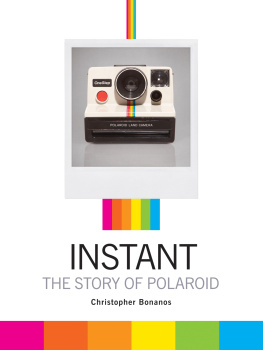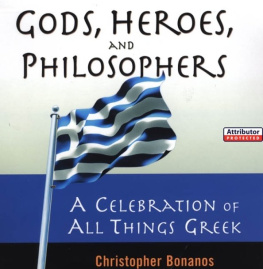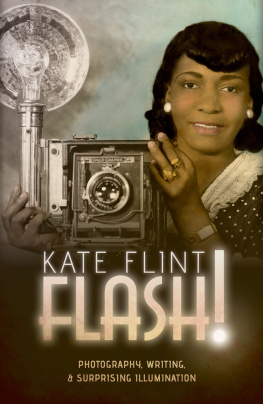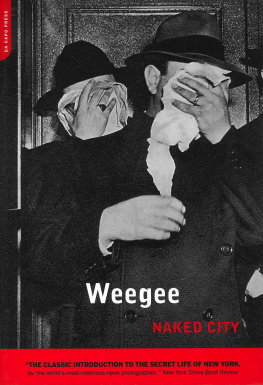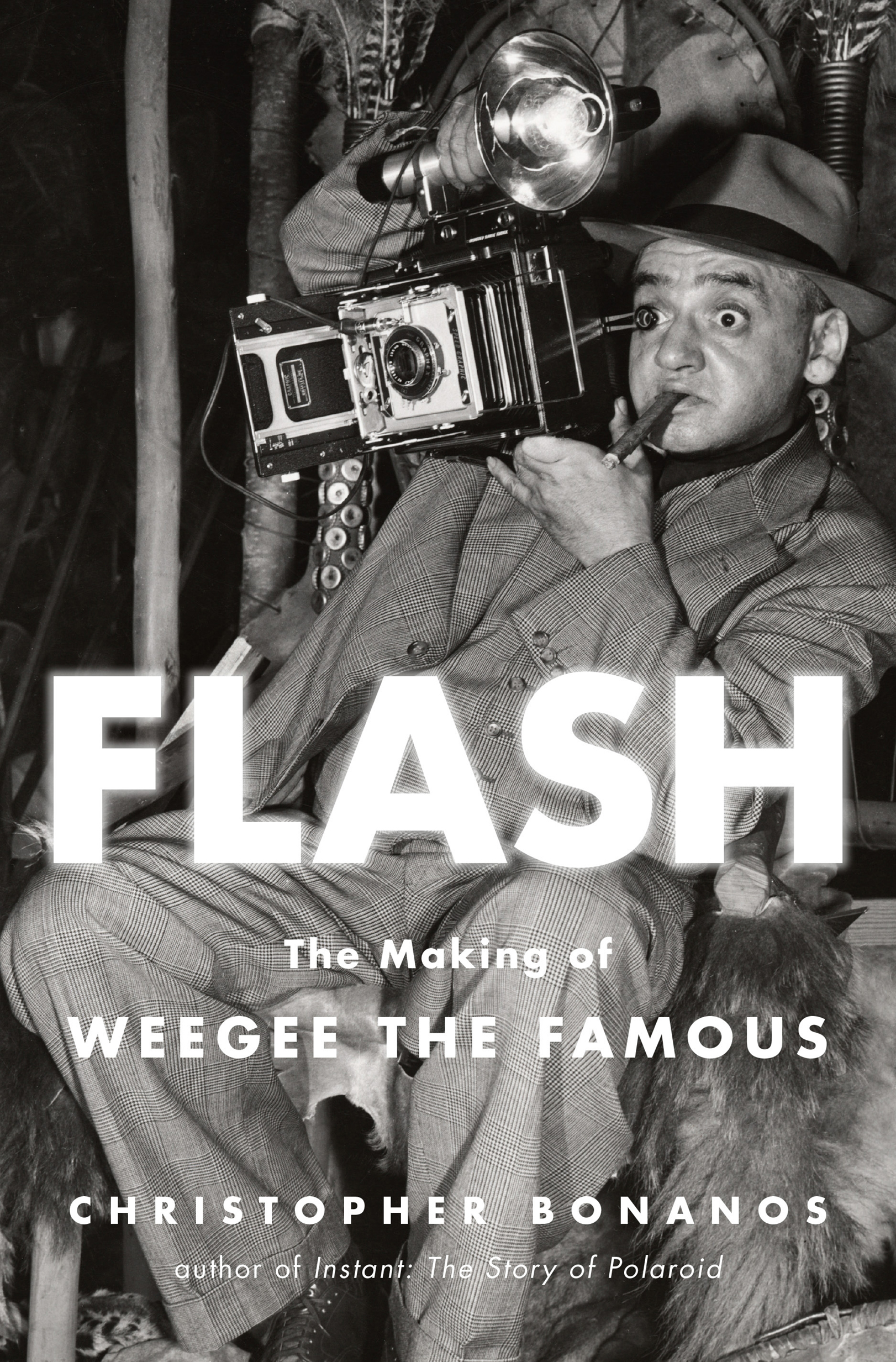Contents
Guide
Pagebreaks of the print version

The author and publisher have provided this e-book to you for your personal use only. You may not make this e-book publicly available in any way. Copyright infringement is against the law. If you believe the copy of this e-book you are reading infringes on the authors copyright, please notify the publisher at: us.macmillanusa.com/piracy.
To Ellen and Alexander,
people of New York
Michael Signorelli waited a very long time for this book to show up at Henry Holt and made it all hang together when it finally did. He is (to misquote Oliver Wendell Holmes on the subject of FDR) a first-rate editor with a first-rate temperament. Fellow authors: sign with him.
Kristine Dahl made me rewrite the proposal three times, then sold it in three days. I could not have asked for a better deal maker and publishing-industry navigator, and if you ever have the chance to have her negotiate anything on your behalf, take it. Fellow authors: sign with her.
The team at Henry Holt is of course responsible for taking a pile of typescript and turning it into a book. Thanks to Stephen Rubin, Maggie Richards, and Gillian Blake, for running Holt the way youd want it to be run; Meryl Levavi and Karen Horton for creating a finely made, readable, covetable object; Christopher OConnell and Jenna Dolan, for sweating the small stuff on all those words; Serena Jones, for ninth-inning relief pitching; and Marian Brown and Ruby Rose Lee for their respective roles in the delivery room.
Thanks also to surrogate eyes and hands in the libraries of four cities: Elizabeth Garber-Paul in New York, Katie Charles and Angelina Del Balzo in Los Angeles, Olivia Nuzzi in Washington, and Edward Patrick Huycke in Chicago.
And for interviews, help, background, and advice: Jolanta and Tom Alberty, Debby Applegate, Don Baida, Quindi Berger, Ellis Bernhart, Daniel Blau, Sjaak Boone, Ruth Buzzi, Peter Clark, Ned Comstock, Liz Cooke, Vito Cosenza, Kelsey Desiderio, Maggie Downing, David W. Dunlap, Mary Engel, Philip Felig, Joanna Grossman, Joan Harris, Marc A. Hermann, Jason Hill, Sid Kaplan, Jim Kolea, Eric Kroll, Michael Kusek, Evelyn Lahaie, Barry Lane, Arthur and Mimi Leipzig, Lorraine Lasker, James Lileks, Arthur Lubow, Rachel Maddow and Susan Mikula, Judith Malina, Paul Mason, Philippe Mather, Dan Merrin, Paul Milkman, Susan Mitchem, Susan Morgan, Mark Mori, Matthew Mottel, Jim Muller, Ellen Newberg, James Avery Penney, Jean Pigozzi, Nicholas Pileggi, Claire Potter, Jim Preminger, Bret Primack, Corliss Randall, Ricky Riccardi, Ira Richer, Peter Roberts, Naomi and Nina Rosenblum, James Eli Shiffer, Amy Sloper, Deborah Solomon, Carole David Stone, Erika Stone, Heather Strelecki, David Strohmaier, Terry Teachout, Ralph Toporoff, Monique Trinkleback, Loring Vogel, Joyce Wadler, Melinda Wallington, Antoinette Watson, Jonny Wilson, Ida Wyman, Valerie Yaros, and George Zimbel.
And for much more: Ellen and Alex, again, for allowing a long-dead fourth person to join our household for several years. Connie, Peter, and Paul Bonanos, without whom I would not be. Frank and Fran McDermott, for the bottomless supply of babysitting and meatballs. Adam Moss, Ann Clarke, and Jared Hohlt, for applying the Elastic Lens to the definition of vacation. Taffy Brodesser-Akner, Melissa Dahl, Justin Davidson, Wendy Goodman, Jesse Green, Joe Hagan, Madison Malone Kircher, Carolyn Murnick, and Chris Smith for early reading, advice, and periodically talking me in off the authorial ledge. Many, many other colleagues at New York, for listening ad infinitum. Frankie Thomas, for transcribing. (Highly recommended, by the way.) Too many librarians to name, for finding everything. (They should all be better paid.) Brian Wallis, for his early blessing and later conversation. Erin Barnett, Claartje Van Dijk, and the extremely tolerant team at the International Center of Photography, for turning themselves inside out to accommodate my limited research schedule.
Two more people deserve special thanks. One of them is a woman I never met. After Weegees death, Wilma Wilcox believed in his importance as an artist before most other people did. She kept his photographs dry (mostly; there was one flood) and safe, sorted and catalogued them, and continually made them available to exhibitors and collectors, for comparatively little material gain. She is, like so many of the underappreciated female partners of male artists, largely responsible for his continued reputation.
The other is a member of ICPs curatorial staff, and he deserves (as the old newspapermen say) a little extra ink here. Christopher George is the worlds uncontested expert on Weegee. He has devoted a large portion of his career to looking at Weegees pictures and understanding them: where they were made, how they were made, where they ran, what they say. (I once saw him glance at a print and say probably 1945. How do you know? The paper.) Chris shared material from his own eBay trawling and spent extensive time with me as I went through Weegees photographs and papers at ICP; he answered more e-mails than I can count; and he read a draft of this books manuscript and offered both fine-grained corrections and suggestions and some personal enthusiasm. Weegee, having found such a devoted posthumous caretaker to pick up where Wilma Wilcox left off, is a lucky man. Having had access to Chriss capacious memory and enthusiasm for his subject, I am almost as lucky.
Speaking of luck: the first morning I walked from the train station in Jersey City to ICPs archive to begin going through Weegees photographs of corpses and car crashes, I myself was hit by a car. It knocked me into the air, and I landed hard on the pavement. The only thing that kept me from hitting my head on the asphalt was a big old Polaroid camera I was carrying on a shoulder strap, because I fell on it. Not even Weegee himself could have concocted a better metaphor. This ones true.
Weegee:
I am a reincarnation of Leonardo da Vinci and
Grandma Moses, you might say.
Interviewer:
Well, who do you think you look more like?
Weegee:
Grandma Moses. [ laughs ] No, my name was Arthur.
And, actually, noI created this guy Weegee, which I have
to live up to.
Interviewer:
You have to live with , you mean.
Weegee:
Wellthis I find very difficult!
Lets talk about that name first. Or, rather, those three names.
Usher Fellig was a greenhorn, a hungry shtetl child from eastern Europe who spoke no English. When he came through Ellis Island in 1909, at ten years old, he reinvented himself, as so many immigrants do. In his first years in New York, Usher became Arthur, a Lower East Side street kid who was eager to get out of what he called the lousy tenements, earn a living, impress girls, make a splash. He had turned his name (slightly) less Jewish, and his identity (somewhat) more American, as much as he could make it. As a young man, he was shy, awkward, broke, and unpolished, and at fourteen he became a seventh-grade dropout. He was also smart, ambitious, funny, and (as he and then his fellow New Yorkers and eventually the world discovered) enormously expressive when you put a camera in his hands.
As an adult, he reinvented himself a second time. In 1925, his friend Peter Martin later wrote, Arthur Fellig disappeared through a hole in space, and nobody ever heard of him again. In real life, it was a little more gradual than that, but in his place there began to appear a character called Weegee, a persona Arthur Fellig eventually slipped into as easily as he did his ill-maintained, loose-fitting suits. Weegee the Famous, he signed his name, introducing himself to strangers and talk show hosts as the worlds greatest living photographer. Weegee worked New York City by night and was a man who knew how to take hold of a tough town, snapping pictures of gangsters and movie stars, selling prints to newspapers and magazines and the Museum of Modern Art, consulting on Hollywood movies, jetting off to London or Paris on assignment. In the role of Weegee, Arthur Fellig was able to shed his awkwardness. He was brash, working the angles with cops, talking up his genius with interviewers. He could spin off polished wisecracky anecdotes rat-a-tat while delivering four-hour impromptu lectures on the craft of news photography to anyone whod have him, lingering until the last member of the audience had grown tired of asking questions. He explicitly said, later on, that as a young man I wanted to go out and make a lot of money, become famous, and meet people.


